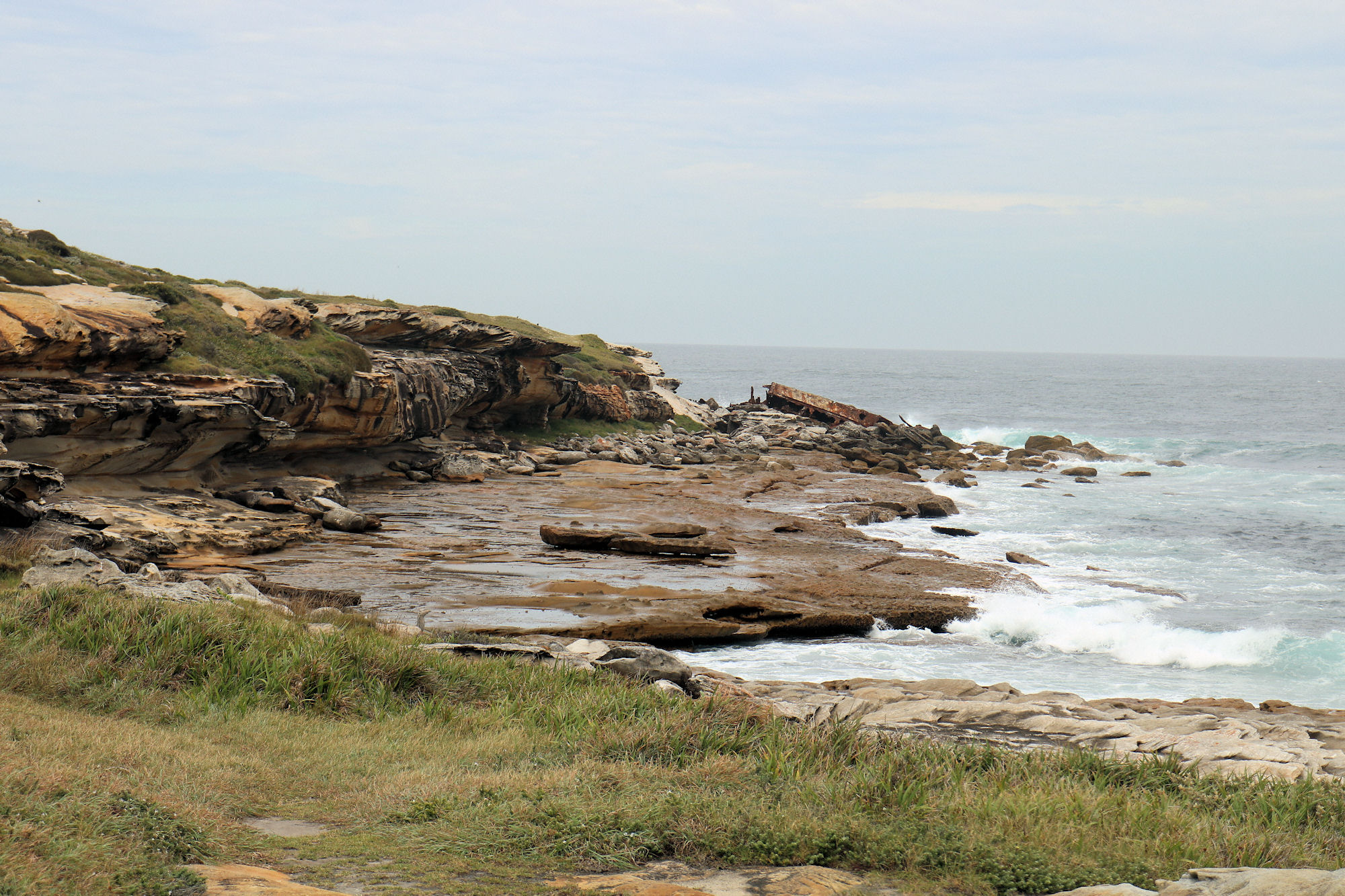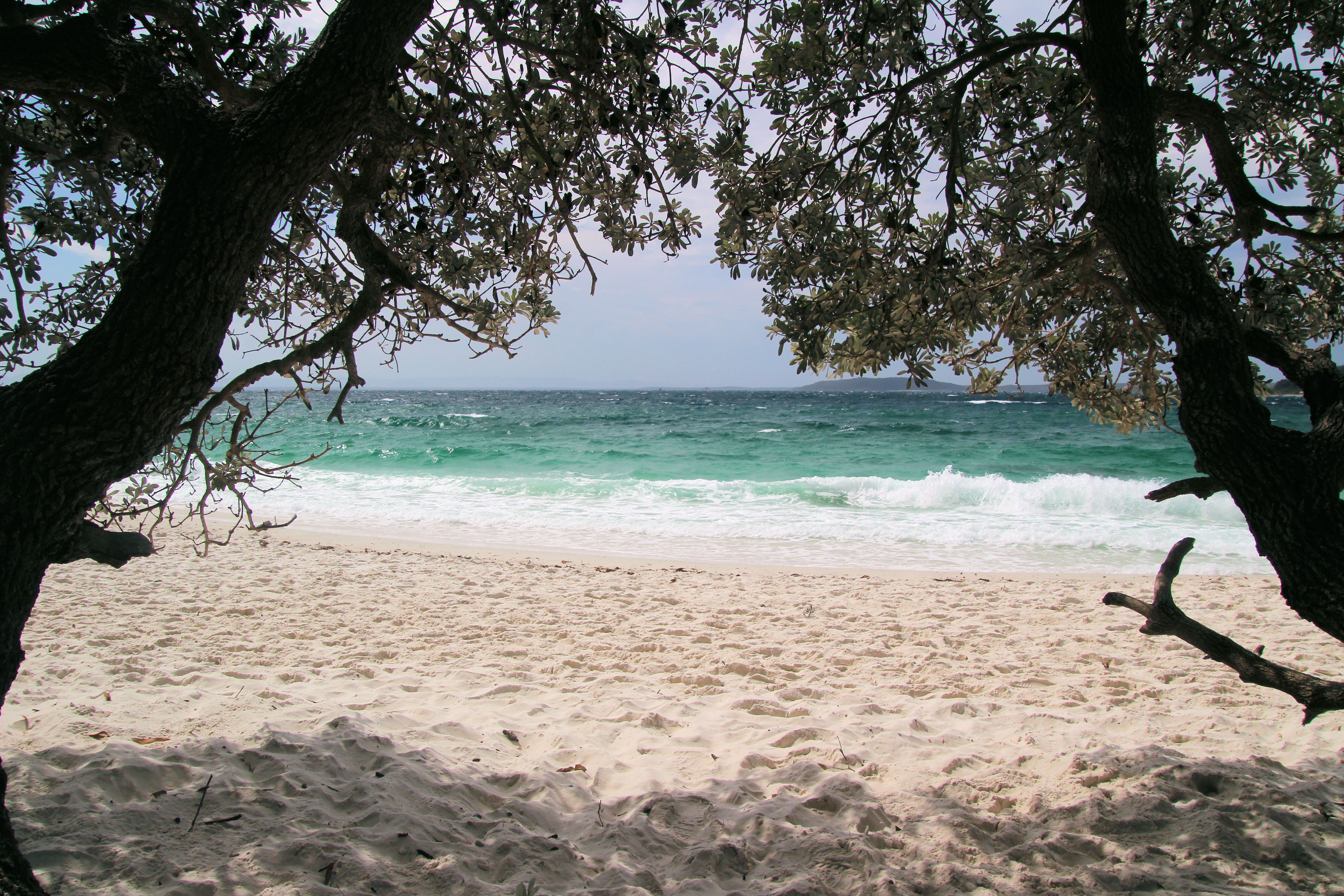Tag: ship wreck
-
Cape Banks Botany Bay National Park

Cape Banks Getting There We drove to Cape Banks and parked near the pistol club and helicopter base. This large car park has plenty of space, so parking shouldn’t be a problem. Cape Banks Walking Track The Cape Banks Walking track runs past the Westpac Lifesaver Helicopter Base towards the coast. On the way you… Read more
-
Jervis Bay

Jervis Bay Located a three-hour drive south of Sydney, Jervis Bay is one of Australia’s most popular holiday destinations. The abundance of white sandy beaches, bush and accommodation makes it a great place to enjoy a relaxing break. With two national parks, there’s plenty of places for nature lovers to explore. Beecroft Peninsula Forming the… Read more